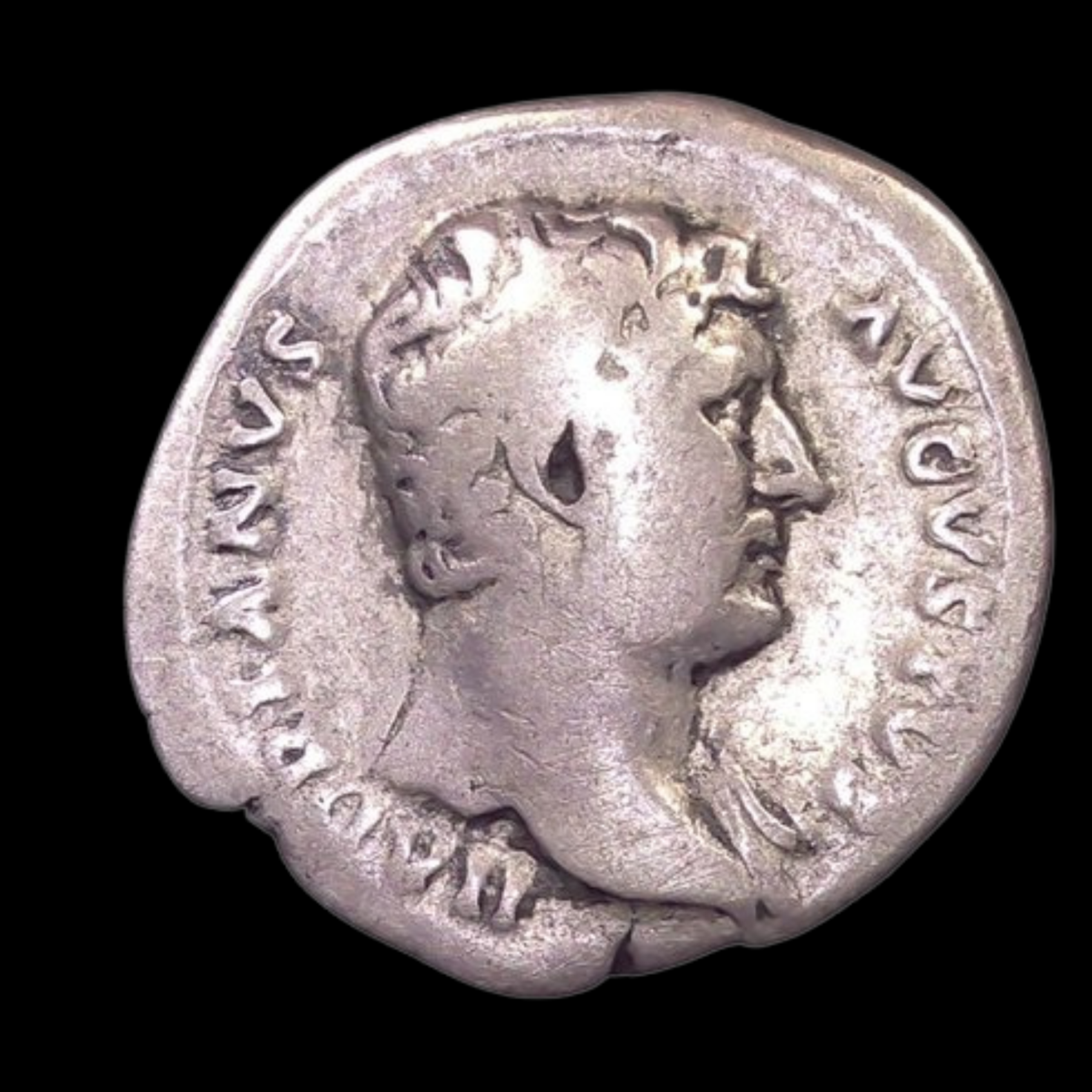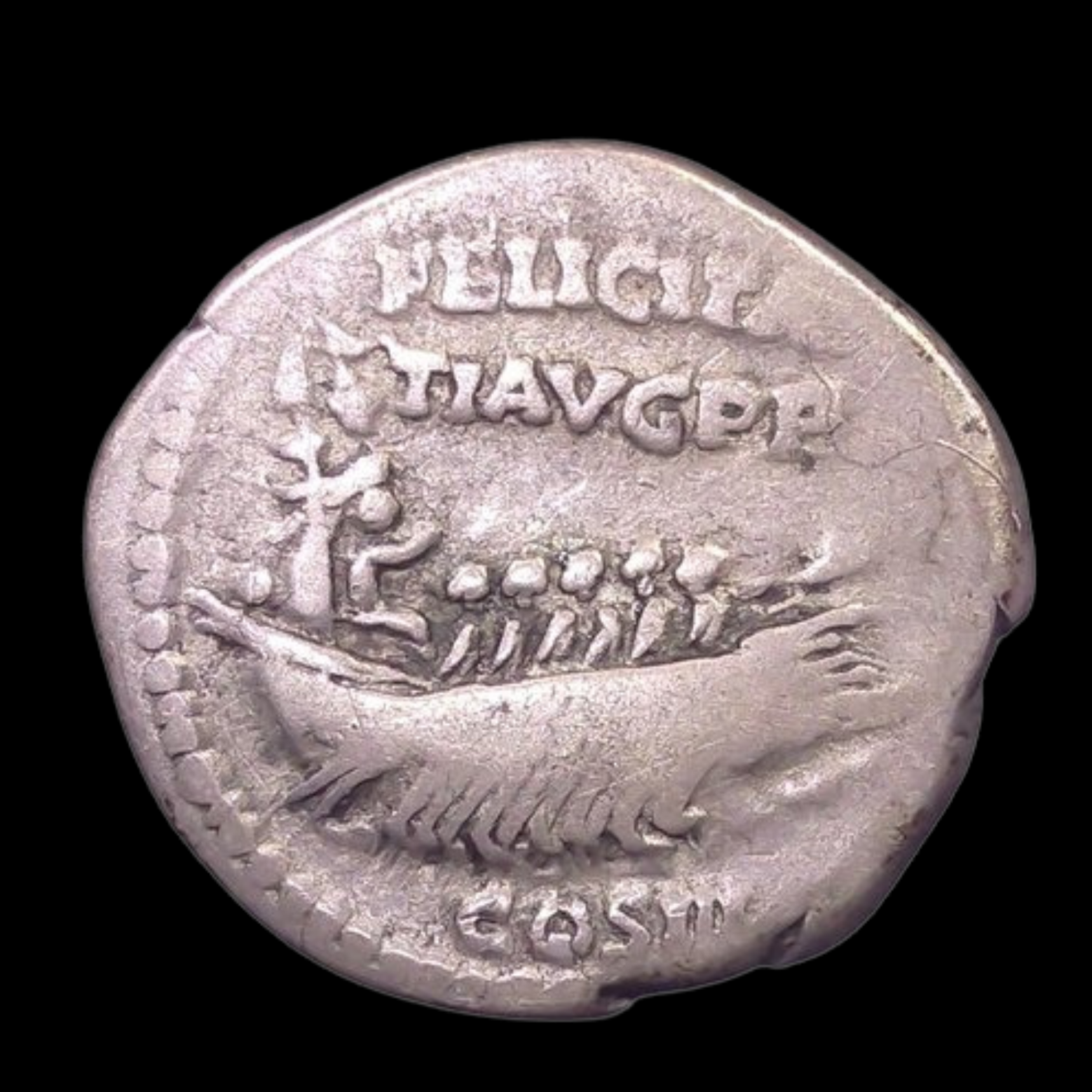 Image 1 of 8
Image 1 of 8

 Image 2 of 8
Image 2 of 8

 Image 3 of 8
Image 3 of 8

 Image 4 of 8
Image 4 of 8

 Image 5 of 8
Image 5 of 8

 Image 6 of 8
Image 6 of 8

 Image 7 of 8
Image 7 of 8

 Image 8 of 8
Image 8 of 8









Roman Bronze Antoninianus of Quintillus (about 1,755 years ago)
The coins shown are representative examples of the grade and type, but not the actual specimens for sale. For details on NGC’s grading standards and definitions, please refer to our NGC Grading page.
This bronze coin with silver wash is an Antoninianus featuring Emperor Quintillus, who ruled the Roman Empire for an extraordinarily brief period of only about 17-77 days in 270 CE. As one of the shortest-reigning legitimate Roman emperors, his coinage represents a rare glimpse into a fleeting moment during the chaotic Crisis of the Third Century.
Coin Description:
Front side: Portrait of Emperor Quintillus facing right, wearing a radiate crown (distinguishing feature of the Antoninianus denomination), with his name and titles in Latin around the edge.
Back side: Likely features standard imagery such as personifications of virtues (Providentia, Aequitas, Fides), deities, or references to military loyalty common during this period.
Technical Details:
Bronze with minimal silver content (often referred to as "billon")
Denomination: Antoninianus (technically a double-denarius, though with minimal silver content by this period)
Weight: Approximately 3-4 grams
Diameter: Approximately 20-22 mm
NGC Certified for authentication and preservation
Minted in 270 CE
Condition as specified by NGC certification
Historical Significance: Quintillus was the brother of Emperor Claudius II Gothicus and was proclaimed emperor by troops in Italy following his brother's sudden death from plague in 270 CE. However, legions along the Danube frontier instead supported Aurelian, leading to a brief power struggle. Rather than face defeat, historical sources suggest Quintillus committed suicide after learning of Aurelian's approach with a superior force. Due to his extremely brief reign, his coins are relatively rare, making this an important historical artifact documenting one of the shortest imperial reigns during one of Rome's most turbulent periods.
The coins shown are representative examples of the grade and type, but not the actual specimens for sale. For details on NGC’s grading standards and definitions, please refer to our NGC Grading page.
This bronze coin with silver wash is an Antoninianus featuring Emperor Quintillus, who ruled the Roman Empire for an extraordinarily brief period of only about 17-77 days in 270 CE. As one of the shortest-reigning legitimate Roman emperors, his coinage represents a rare glimpse into a fleeting moment during the chaotic Crisis of the Third Century.
Coin Description:
Front side: Portrait of Emperor Quintillus facing right, wearing a radiate crown (distinguishing feature of the Antoninianus denomination), with his name and titles in Latin around the edge.
Back side: Likely features standard imagery such as personifications of virtues (Providentia, Aequitas, Fides), deities, or references to military loyalty common during this period.
Technical Details:
Bronze with minimal silver content (often referred to as "billon")
Denomination: Antoninianus (technically a double-denarius, though with minimal silver content by this period)
Weight: Approximately 3-4 grams
Diameter: Approximately 20-22 mm
NGC Certified for authentication and preservation
Minted in 270 CE
Condition as specified by NGC certification
Historical Significance: Quintillus was the brother of Emperor Claudius II Gothicus and was proclaimed emperor by troops in Italy following his brother's sudden death from plague in 270 CE. However, legions along the Danube frontier instead supported Aurelian, leading to a brief power struggle. Rather than face defeat, historical sources suggest Quintillus committed suicide after learning of Aurelian's approach with a superior force. Due to his extremely brief reign, his coins are relatively rare, making this an important historical artifact documenting one of the shortest imperial reigns during one of Rome's most turbulent periods.
























